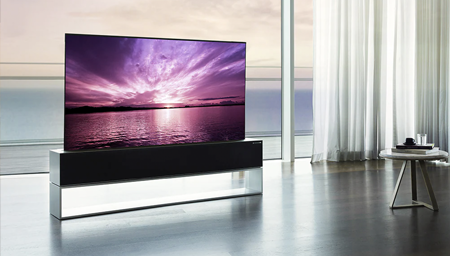Wait. Stop. Let me cut you off right there, because there are two problems baked into that truncated retort.
Video codecs like HEVC aren’t designed the way single-image compression codecs like JPEG are. HEVC relies on both intra-frame and inter-frame compression, and as such it’s intended to be scrutinized in motion. Yes, if you pause the image and compare a high-efficiency stream to a higher-bandwidth encode of the sort you would find on UHD Blu-ray, the backgrounds in the streaming version may not look as fully resolved. Fine textures may suffer a bit. There may be some color banding in a still frame that won’t be apparent in a picture running at 24 frames per second. So, if you’re interested in watching your films one frame at a time, streaming probably doesn’t suit your purposes.
The second problem is with the Apple TV. I’m sorry, but it’s simply not a high-quality video-playback device. That’s somewhat ironic since Apple TV+ is one of the best-quality streaming video services out there. It’s capable of truly reference-quality playback—but, oddly enough, not via Apple’s own hardware, in my experience. If you want to see what streaming is truly capable of, you need either a Roku Ultra or Nvidia Shield, both of which deliver video performance far better than the Apple TV 4K. (I generally opt for Roku since its integration with high-end automation systems is vastly superior.) Some higher-end smart TVs also do a fine job with streaming, but most don’t.







